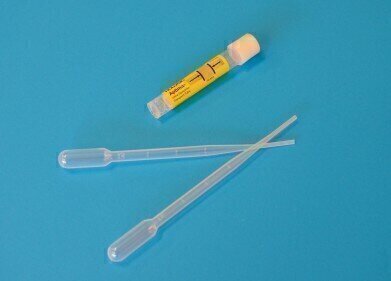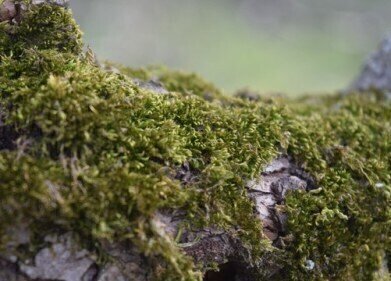-
 Processes in larvae metamorphosis studied through quantitative analysis
Processes in larvae metamorphosis studied through quantitative analysis
Electrophoretic Separations
Quantitative analysis used in larvae study
Sep 06 2011
In a study published by Proteome Science, and undertaken by KAUST Global Collaborative Research, the team sought to identify what promotes the spontaneous metamorphosis of the polychaete Capitella sp. I larvae into juveniles.
This change involves segment formation, body elongation and loss of cilia.
The team used two-dimensional gel electrophoresis (2-DE) followed by multiplex fluorescent staining and MALDI-TOF mass spectrometry analysis to identify the proteins, protein profiles and phosphoprotein profiles of both competent larvae and juveniles.
As a result, they found 23 differently expressed proteins in the two developmental stages, with those related to cell division, cell migration, energy storage and oxidative stress found to be plentiful in larvae while oxidative metabolism and transcriptional regulation proteins were more abundant in juveniles.
"It is likely that these differentially expressed proteins are involved in regulating the larval metamorphosis process and can be used as protein markers for studying molecular mechanisms associated with larval metamorphosis in polychaetes," the report claimed.
Digital Edition
Chromatography Today - Buyers' Guide 2022
October 2023
In This Edition Modern & Practical Applications - Accelerating ADC Development with Mass Spectrometry - Implementing High-Resolution Ion Mobility into Peptide Mapping Workflows Chromatogr...
View all digital editions
Events
May 05 2024 Seville, Spain
May 15 2024 Birmingham, UK
May 19 2024 Brno, Czech Republic
May 21 2024 Lagos, Nigeria
May 23 2024 Beijing, China













